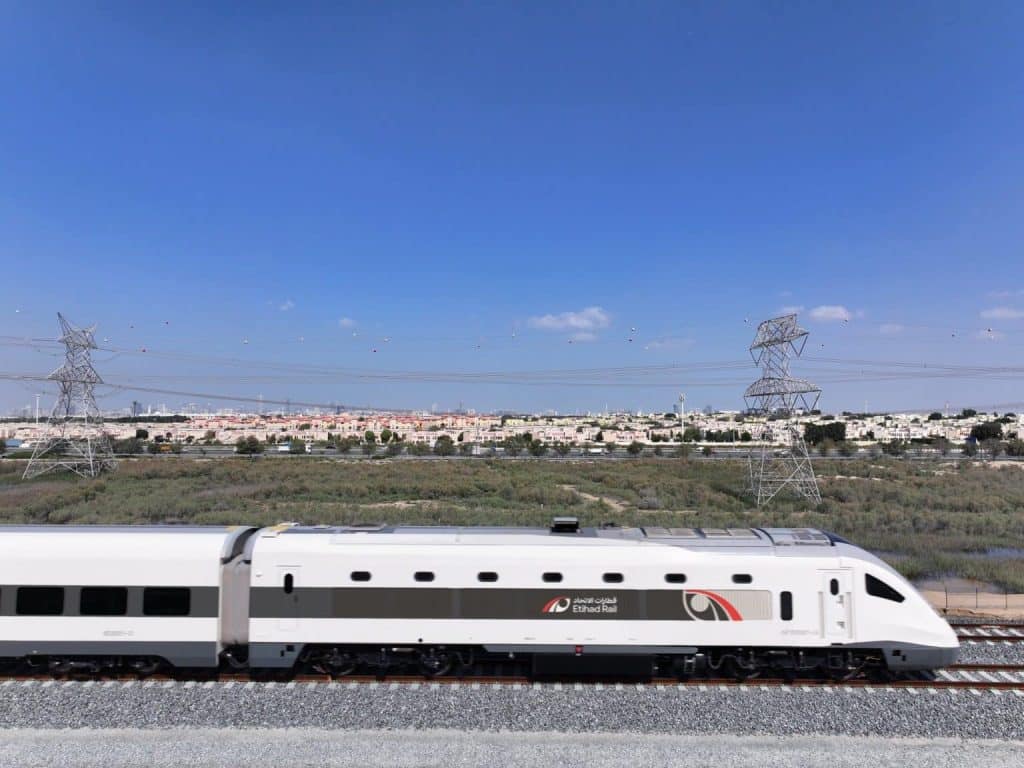The Gulf Cooperation Council (GCC) Railway Project is not just another infrastructure plan; it is a vision that seeks to unite six nations with a single steel ribbon. Stretching thousands of kilometres across deserts, coastlines, and cities, this ambitious project will transform the way people travel, trade, and connect within the Arabian Peninsula.
For decades, the GCC nations have relied heavily on road and air travel. While modern highways and world-class airports have made regional connectivity easier, the dream of boarding a train in one Gulf city and arriving in another within hours has remained just that — a dream. Now, the GCC Railway is making that dream a reality.
The Vision Behind the GCC Railway Project
The idea for a unified Gulf railway network was born from a desire to strengthen economic, social, and cultural ties between the GCC member states: Saudi Arabia, the United Arab Emirates, Qatar, Kuwait, Bahrain, and Oman. By providing a fast, safe, and sustainable mode of transport, the project aims to make cross-border travel seamless.

Beyond passenger convenience, the railway will be a lifeline for trade. Freight trains will move goods faster than trucks, reduce congestion on highways, and lower carbon emissions. The project aligns with global trends toward sustainable transportation and supports the long-term vision plans of GCC nations, such as Saudi Arabia’s Vision 2030 and Oman’s Vision 2040.
Planned Route and Coverage
The GCC Railway will span roughly 2,000 kilometres, connecting major cities, ports, and industrial hubs. The proposed route will link Kuwait City in the north to Muscat in the south, with stops in key locations:

- Kuwait City – Northern starting point and gateway to the Gulf
- Dammam, Saudi Arabia – A major economic hub and port city
- Bahrain – Connected via a planned new causeway
- Doha, Qatar – Linking the Qatari capital to the rest of the Gulf
- Abu Dhabi and Dubai, UAE – Global business and tourism powerhouses
- Sohar, Oman – Industrial and trade centre on the coast
- Muscat, Oman – Southern terminus and cultural landmark
The network will not only connect capitals but also extend to industrial zones, free trade areas, and tourist destinations, ensuring maximum economic and social impact.
State-by-State Progress
Each GCC country is responsible for building the railway within its borders, with a unified technical standard to ensure smooth cross-border operations.
- Saudi Arabia has already made significant progress with existing rail infrastructure and is integrating these lines into the GCC network.
- The UAE has been advancing rapidly through its Etihad Rail project, which forms a crucial backbone for the GCC system.
- Qatar has been focusing on integrating the railway with its modern public transport network.
- Oman plans to connect key ports with inland trade routes, making it a logistics powerhouse.
- Kuwait is preparing the northernmost section to link into Saudi Arabia.
- Bahrain will join the network via a new causeway that also accommodates road traffic.

Launch Date and Timeline
While the concept was first proposed in the early 2000s, various delays — from technical planning to budget adjustments — slowed progress. Recently, renewed commitments from GCC governments have put the project back on track.
The latest announcements indicate that the first phase could be operational by the end of this decade, with certain sections running earlier depending on construction timelines in each country. Officials have been careful not to overpromise, but there is a shared determination to make the railway a reality within a reasonable timeframe.
Economic Impact
The GCC Railway is expected to inject billions into the regional economy. Faster movement of goods will boost trade competitiveness, while easier travel will encourage business and tourism. Reduced road traffic will also lower maintenance costs for highways and decrease accident rates.
Small and medium-sized businesses stand to gain from increased regional footfall. Tourists could, for example, land in Dubai, explore its attractions, then take a short train ride to Abu Dhabi, Doha, or Muscat, extending their trips and spending more within the region.
Environmental Benefits
Rail transport is one of the most energy-efficient modes of travel. By shifting freight and passenger traffic from road to rail, the GCC Railway will significantly cut carbon emissions. This supports the region’s commitments to environmental sustainability and global climate agreements.
Moreover, electric or hybrid-powered trains are being considered to further reduce the environmental footprint, setting a precedent for large-scale green transport in the Gulf.
Challenges Along the Way
A project of this magnitude is not without its hurdles. Coordination between six sovereign nations, each with its own infrastructure priorities, requires careful negotiation. Land acquisition, cross-border regulations, and funding allocation must all be harmonised.
There are also technical challenges, such as ensuring track durability in extreme desert temperatures and sandstorms. Advanced engineering solutions, including elevated tracks and protective barriers, are being explored.
Cultural and Social Transformation
The railway is more than just steel and stations; it is about connecting people. For many in the Gulf, travel between countries often feels like an international trip with all the paperwork and border controls it entails. The GCC Railway, paired with streamlined immigration processes, could make inter-GCC travel as easy as moving between cities in the same country.
This will encourage cultural exchanges, family visits, and regional tourism in ways that air travel, despite its speed, does not always facilitate. Passengers will be able to enjoy the journey, watch landscapes change, and arrive in city centres rather than airports far from urban hubs.
Future Expansion Possibilities
While the initial plan is to connect the six GCC nations, there is already talk of potential extensions linking to Yemen in the south or even northwards to Jordan and beyond. This would position the Gulf as a central hub in the global rail network, connecting Asia, Africa, and Europe.
There is also potential for high-speed rail services in the future, once the basic network is established. Such services could cut travel times between GCC capitals to under three hours.
What It Means for Everyday Travellers
For residents, the railway promises affordable, comfortable travel. Families can plan weekend getaways without worrying about long drives or flight schedules. Students can attend universities in neighbouring countries without relocating. Workers can commute between cities more easily, opening up new employment opportunities.
For tourists, it offers a unique way to explore the Gulf — from the skyscrapers of Dubai to the heritage sites of Muscat — without the hassle of multiple flights. Imagine boarding a train in Abu Dhabi after breakfast and enjoying dinner in Doha the same evening.
The Road Ahead
As construction progresses, public interest in the GCC Railway continues to grow. Social media is filled with renderings of sleek trains gliding through the desert, while business forums discuss the economic ripple effects.
While the timeline may still stretch over several years, the momentum is undeniable. The railway is not just an infrastructure project; it is a symbol of unity, ambition, and forward-thinking in the Gulf.
When complete, it will stand as one of the most transformative developments in the region’s history, redefining how the people of the GCC live, work, and connect.
Do follow UAE Stories on Instagram















